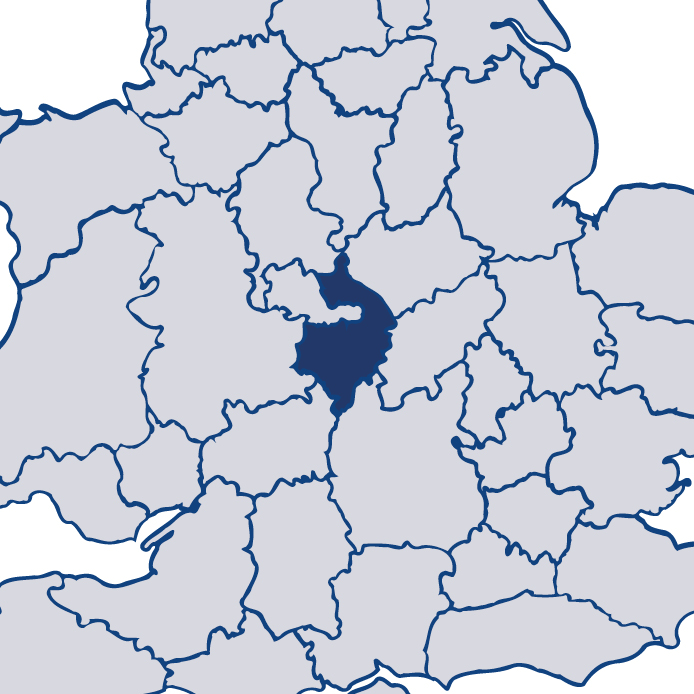Warwickshire 2018/19
Read more about WarwickshireThis is HMICFRS’s fifth PEEL (police effectiveness, efficiency and legitimacy) assessment of Warwickshire Police. PEEL is designed to give you information about how your local police force is performing in several important areas, in a way that is comparable both across England and Wales, and year on year.
Warwickshire Police was inspected in tranche two and we found:
the extent to which the force is effective at reducing crime and keeping people safe is good.
the extent to which the force operates efficiently and sustainably requires improvement.
the extent to which the force treats the public and its workforce legitimately is good.
Download the full report
PEEL: Police effectiveness, efficiency and legitimacy 2018/19 – Warwickshire Police
HMI's observations
I have concerns about the performance of Warwickshire Police in keeping people safe and reducing crime, and, in particular, serious concerns about the force’s efficiency. In view of these findings, I have been in regular contact with the chief constable, because I do not underestimate the challenges ahead.
The force is good at preventing crime and tackling anti-social behaviour. The neighbourhood teams understand community issues and work well with other agencies to resolve local problems. The force has improved how it protects vulnerable people. It works closely with partners to ensure that it safeguards victims.
But it needs to improve the way it investigates crime and how swiftly it brings offenders to justice. I am concerned that crimes are not always allocated to appropriately trained staff, and that they are not investigated thoroughly enough or supervised effectively.
The force currently provides many of its services through an alliance with West Mercia Police, an arrangement that will end in October 2019. I am concerned that there is no certainty as to how it will provide these services in the future. Warwickshire Police has a good understanding of the demands for its services but needs to fully anticipate future pressures. It is vital that a clear plan for a new operating model is developed quickly to ensure that all policing services to its communities are maintained.
The force continues to uphold an ethical culture and promote standards of professional behaviour well. However, it needs to make sure that training in relation to legislative powers, such as the use of force by officers, is maintained.
I commend the progress that Warwickshire Police has made in some areas and will continue to monitor the force’s progress in areas where improvements are still needed.
Effectiveness
How effectively does the force reduce crime and keep people safe?
Efficiency
How efficiently does the force operate and how sustainable are its services to the public?
Legitimacy
How legitimately does the force treat the public and its workforce?
Other inspections
How well has the force performed in our other inspections?
In addition to the three core PEEL pillars, HMICFRS carries out inspections of a wide range of policing activity throughout the year. Some of these are conducted alongside the PEEL inspections; others are joint inspections.
Findings from these inspections are published separately to the main PEEL reports, but are taken into account when producing the rounded assessment of each force's performance.






